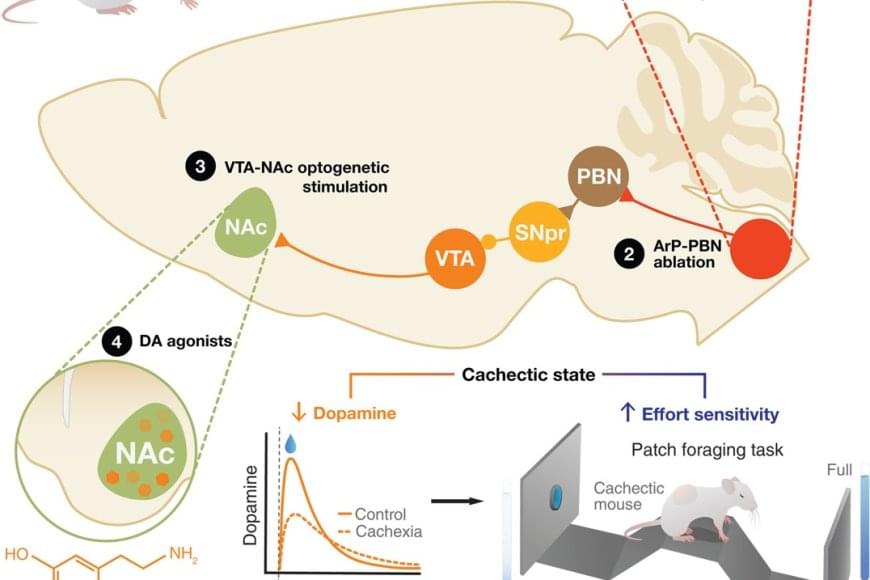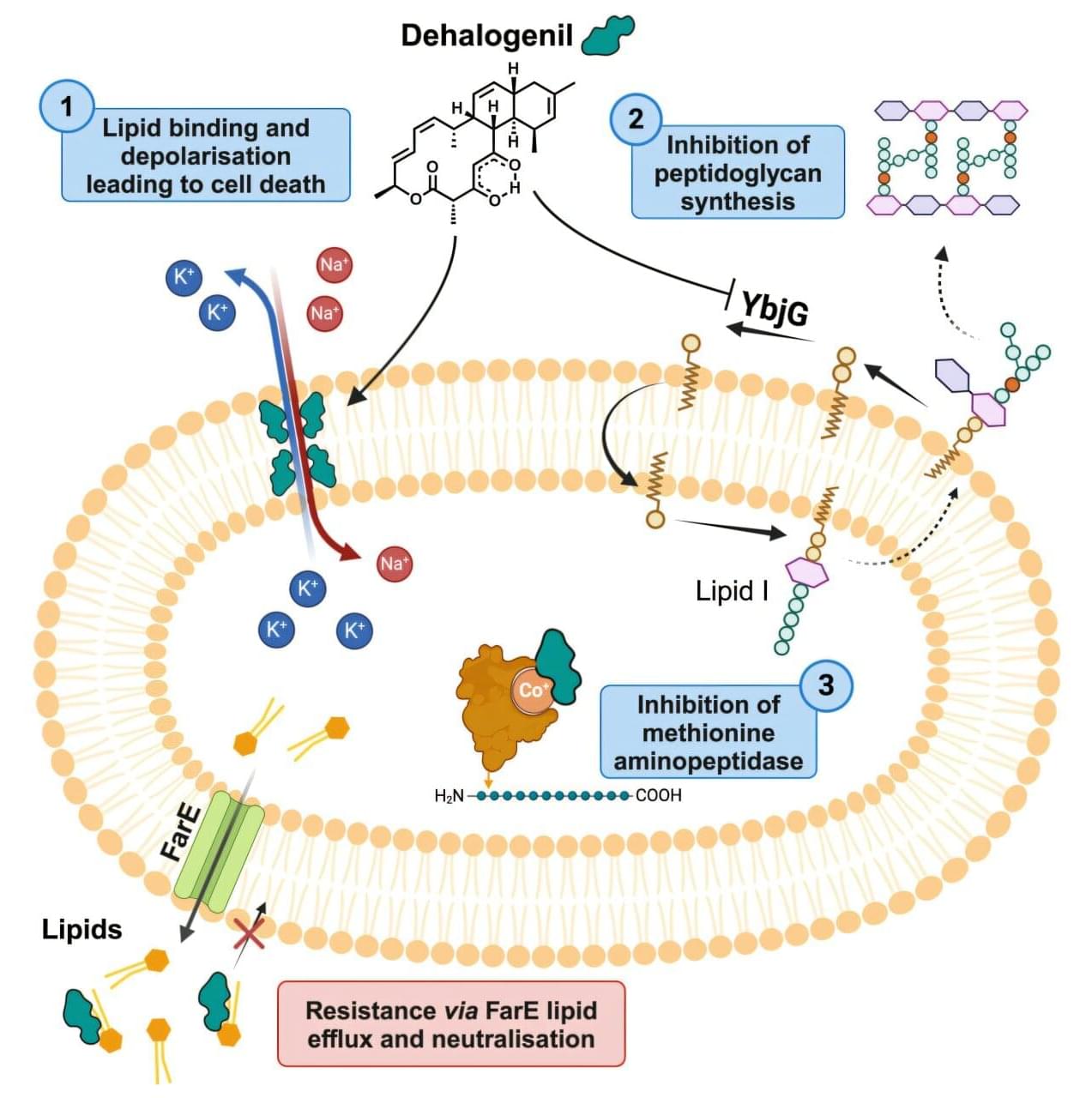Get news on the latest news in technology, health, and more with Interesting Engineering. From AI, cryptocurrency, to drones, we will research and explore everything so that you can learn about the newests.



Exercise for a long period of time forces the human body to resort to its energy reserves. When running a marathon, for example, the body mainly consumes carbohydrates, such as glycogen, as a source of energy, but it resorts to fats when the glycogen in the muscles is used up. Myelin, which surrounds neurons in the brain and acts as an electrical insulator, mainly comprises lipids, and previous research in rodents suggests that these lipids can act as an energy reserve in extreme metabolic conditions.
A study conducted by researchers shows that people who run a marathon experience a decrease in the amount of myelin in certain regions of the brain. According to the study published by Nature Metabolism, this effect is completely reversed two months after the marathon.
The researchers used magnetic resonance imaging to obtain images of the brains of ten marathon runners (eight men and two women) before and 48 hours after the 42-kilometre race. Likewise, the researchers took images of the brains of two of the runners two weeks after the race, and of six runners two months after the race as a follow-up.

The fatigue and lack of motivation that many cancer patients experience near the end of life have been seen as the unavoidable consequences of their declining physical health and extreme weight loss. But new research challenges that long-held assumption, showing instead that these behavioral changes stem from specific inflammation-sensing neurons in the brain.
In a study published in Science, the researchers report that they identified a direct connection between cancer-related inflammation and the loss of motivation characteristic of advanced cancer. Studying mice with cancer-linked cachexia, a condition typical of the disease that leads to muscle wasting and weight loss, they discovered a previously unrecognized pathway in the brain. This pathway senses inflammation and actively suppresses dopamine — a key driver of motivation — resulting in apathy and loss of drive.
Blocking the pathway restored motivation, even though the cancer and weight loss continued. This indicates that apathy can be treated separately from the disease itself.

The p-Tau217 biomarker is one of the most exciting advances in neurology for decades, giving us a new opportunity to accurately predict and potentially prevent (or at least substantially delay) MCI and Alzheimer’s. That it rises so early in the course of the disease—which incubates over 20 years—gives us a long runway of opportunity to intervene, be it with lifestyle factors or drugs. I now refer to the former as lifestyle plus because it is no longer just about the details of diet, exercise and sleep. There are several other dimensions of modifiable factors.
An APOE4 allele or a polygenic risk score for Alzheimer’s tests are binary. They only tell us if a person has increased risk (yes or no) but not when. It makes a huge difference if that at age 98 or 68. With serial assessment of p-Tau217 (several months or years apart) as part of a comprehensive assessment using multimodal A.I., it is very likely that the temporal plot (see Figures under Question 2 above) can be defined at the individual level. I lay out the blueprint for this and lifestyle plus fully in Super Agers. Individuals with elevated p-Tau217 at high-risk many years before the onset of any symptoms creates a new path for surveillance and prevention. Multiple new drugs are in the pipeline to be part of a prevention program.
Even though it intuitively appears to be the case, more work needs to be done to determine whether lowering one’s p-Tau217 will alter the brain plaque progression and be seen as a disease-modifier. Clearly there is now a hunt for even better blood tests that may one day supersede p-Tau217 or be in a panel with it.
Former urology instructor Seung-min Park won an Ig Nobel prize for his work on the Precision Health toilet, or “smart toilet.” Goals for the toilet include early disease detection and monitoring by analyzing excreta.

Year 2021 face_with_colon_three
Communication between brain activity and computers, known as brain-computer interface or BCI, has been used in clinical trials to monitor epilepsy and other brain disorders. BCI has also shown promise as a technology to enable a user to move a prosthesis simply by neural commands. Tapping into the basic BCI concept would make smart phones smarter than ever.
Research has zeroed in on retrofitting wireless earbuds to detect neural signals. The data would then be transmitted to a smartphone via Bluetooth. Software at the smartphone end would translate different brain wave patterns into commands. The emerging technology is called Ear EEG.
Rikky Muller, Assistant Professor of Electrical Engineering and Computer Science, has refined the physical comfort of EEG earbuds and has demonstrated their ability to detect and record brain activity. With support from the Bakar Fellowship Program, she is building out several applications to establish Ear EEG as a new platform technology to support consumer and health monitoring apps.

A new study by Brown University researchers suggests that gold nanoparticles—microscopic bits of gold thousands of times thinner than a human hair—might one day be used to help restore vision in people with macular degeneration and other retinal disorders.
In a study published in the journal ACS Nano, the research team showed that nanoparticles injected into the retina can successfully stimulate the visual system and restore vision in mice with retinal disorders. The findings suggest that a new type of visual prosthesis system in which nanoparticles, used in combination with a small laser device worn in a pair of glasses or goggles, might one day help people with retinal disorders to see again.
“This is a new type of retinal prosthesis that has the potential to restore vision lost to retinal degeneration without requiring any kind of complicated surgery or genetic modification,” said Jiarui Nie, a postdoctoral researcher at the National Institutes of Health who led the research while completing her Ph.D. at Brown. “We believe this technique could potentially transform treatment paradigms for retinal degenerative conditions.”

A multidisciplinary clinical team led by Professor Bernat Soria from the Institute of Bioengineering at the Miguel Hernández University of Elche (UMH, Spain) has developed a new method to deliver cell therapies in patients on extracorporeal membrane oxygenation (ECMO), a life support system used in cases of severe lung failure.
The advance has been published in Stem Cell Research & Therapy. The team has opted not to patent the technique in order to encourage its use in public health systems once further clinical testing is completed.
The method—named CIBA, for “Consecutive Intrabronchial Administration”—enables the delivery of stem-cell-based treatments directly into the alveoli of critically ill patients who cannot receive standard intravenous cell therapy due to the ECMO system’s constraints.


The development and spread of antibiotic resistance represents one of the greatest threats to global health. To overcome these resistances, drugs with novel modes of action are urgently needed.
Researchers at the Helmholtz Institute for Pharmaceutical Research Saarland (HIPS) have now uncovered the mode of action of a promising class of natural products—the chlorotonils. These molecules simultaneously target the bacterial cell membrane and the bacteria’s ability to produce proteins, enabling them to break through resistance. The team published its findings in Cell Chemical Biology.
The more frequently antibiotics are used, the faster pathogens evolve mechanisms to evade their effects. This leads to resistant pathogens against which common antibiotics are no longer effective. To ensure that effective treatments for bacterial infections remain available in the future, antibiotics that target different bacterial structures than currently approved drugs are essential.